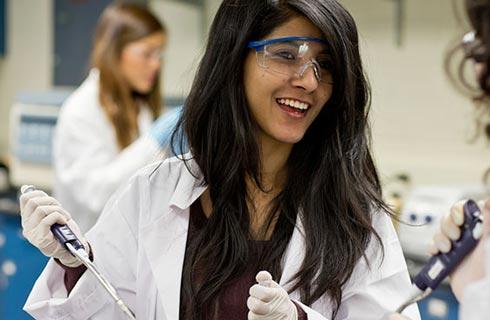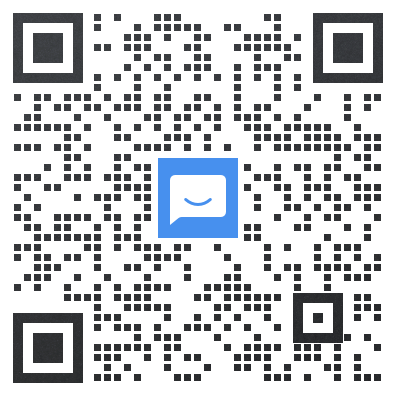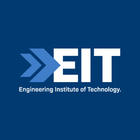- IDP China>
- 课程库>
- 工程与技术>
- 工程学及其相关技术>
- 其他工程及相关技术>
- Master of Engineering (Safety, Risk and Reliability) (Online)
Master of Engineering (Safety, Risk and Reliability) (Online)

学历文凭
Masters Degree (Coursework)

专业院系

开学时间

课程时长

课程学费

国际学生入学条件
a) a recognized 3-year bachelor degree in an engineering qualification in a congruent field of practice.
b) an EIT Bachelor of Science (Engineering) degree in a congruent field of practice.
c) a 4-year Bachelor of Engineering qualification (or equivalent), that is recognized under the Washington Accord or Engineers Australia, in a congruent, or a different field of practice at the discretion of the Admissions Committee.
d) a 4-year Bachelor of Engineering qualification (or equivalent)* that is not recognized under the Washington Accord, in a congruent field of practice to this program.
An appropriate level of English Language Proficiency equivalent to an English pass level in an Australian Senior Certificate of Education, or an IELTS score of 6.0 (with no individual band less than 6.0), or equivalent. TOEFL ibt: 78, TOEFL pbt: 547.
IDP—雅思考试联合主办方

雅思考试总分
6.0
了解更多
雅思考试指南
- 雅思总分:6
- 托福网考总分:78
- 托福笔试总分:547
- 其他语言考试:Pearson Test of English (PTE) Academic : 51 – 58
CRICOS代码:
申请截止日期: 请与IDP顾问联系以获取详细信息。
课程简介
相关申请
 预科
预科 奖学金
奖学金 实习机会
实习机会 在校学习
在校学习 跨境学习
跨境学习 校园授课-线上开始
校园授课-线上开始 在线/远程学习
在线/远程学习
本校相关课程

Master of Engineering (Mechanical)
学历文凭
Masters Degree (Coursework)
开学日期
课程费用总额


Master of Engineering (Industrial Automation)
学历文凭
Masters Degree (Coursework)
开学日期
课程费用总额


Master of Engineering (Electrical Systems)
学历文凭
Masters Degree (Coursework)
开学日期
课程费用总额


Master of Engineering (Civil - Structural)
学历文凭
Masters Degree (Coursework)
开学日期
课程费用总额


Bachelor of Science (Mechanical Engineering)
学历文凭
Bachelor Degree
开学日期
课程费用总额


Bachelor of Science (Industrial Automation Engineering)
学历文凭
Bachelor Degree
开学日期
课程费用总额

其他相关课程

利兹ISC国际预科课程-科学,工程与计算机-利兹国际学习中心-ISC研究组
 Study Group学习集团(英国)
Study Group学习集团(英国)学历文凭
Foundation for Undergraduate
开学日期
课程费用总额


Master of Renewable and Future Energy
 西澳大学
西澳大学学历文凭
Masters Degree (Coursework)
开学日期
课程费用总额


MRes Acoustics
 南安普顿大学
南安普顿大学泰晤士高等教育世界大学排名:97
学历文凭
Masters Degree (Research)
开学日期
课程费用总额


专业工程学硕士
 科廷大学
科廷大学泰晤士高等教育世界大学排名:201
学历文凭
Masters Degree (Coursework)
开学日期
课程费用总额


New Zealand Certificate in Study and Career Preparation (Bachelor of Engineering Pathway) (Level 4)
 Ara坎特伯雷理工学院
Ara坎特伯雷理工学院学历文凭
Certificate level 4
开学日期
课程费用总额


工程师文凭(标准)
 悉尼科技大学学院
悉尼科技大学学院学历文凭
Diploma
开学日期
课程费用总额



























